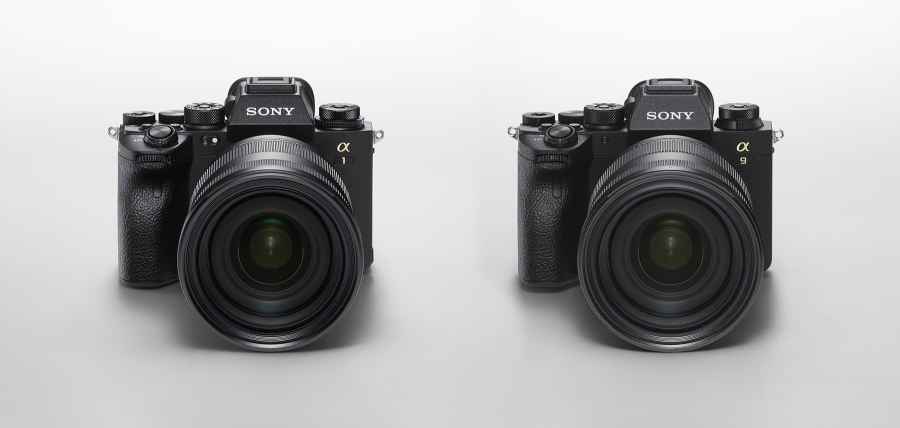Sony has announced a new flagship E-mount sports and wildlife camera, called the Alpha 1. Costing a cool £6,500 and packing a 50-megapixel full-frame sensor, the Alpha 1 features a raft of new and ground-breaking features.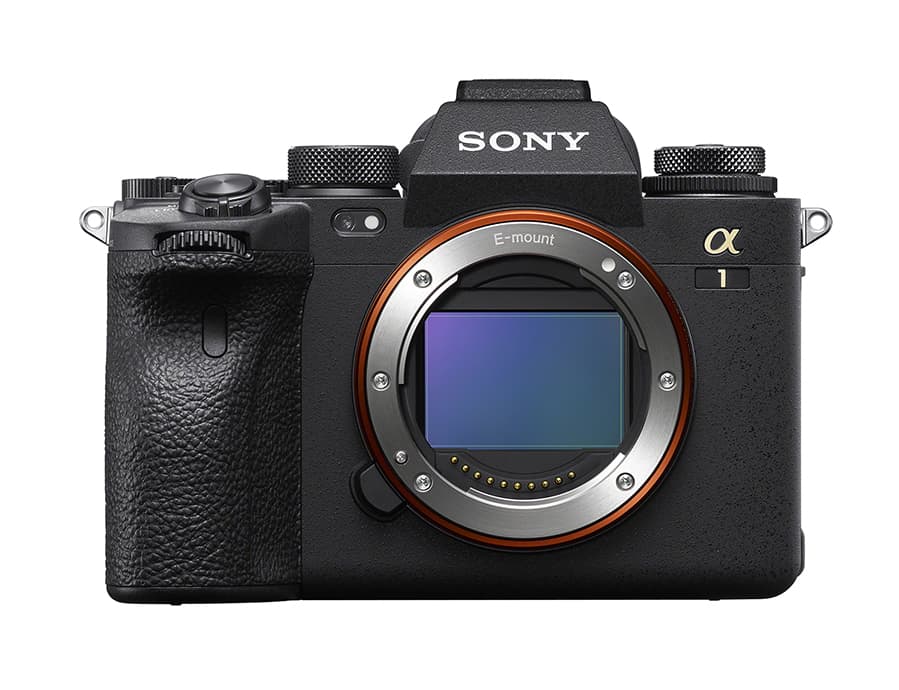
But how does it compare to another relatively recent, pro-spec powerhouse, the fast-performing Sony Alpha 9 II (below)? We’ve drilled down into the specification sheets to find out.
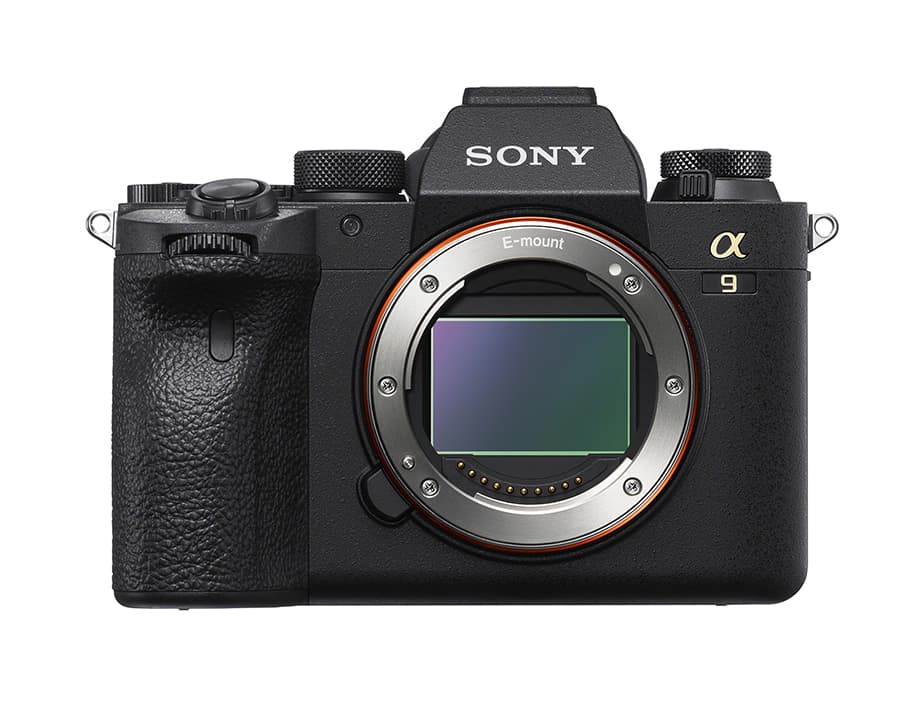
Resolution
Because of their fast burst speeds, pro sport and wildlife cameras often pack a resolution that is lower than your typical full-frame landscape camera.
The Alpha 9 II is a good example of this and serves up a resolution of 24-megapixels, which is a decent figure and will easily allow photographers to make prints up to A3 in size, along with allowing shooters the option of cropping images without overly compromising quality.
However, the Alpha 1 more than doubles the resolution to 50-megapixels thanks to a stacked sensor, which sets a new standard in the pro sports and wildlife sector In fact, the maximum file that can be produced is 8640 x 5760 pixels, with the Alpha 1 capturing 14-bit raw files.
Burst rate
Resolution is important, but when it comes to capturing split second moments like a football being headed towards goal or an eagle grabbing fish in its talons, speed is critical.
When it was announced in 2019, the Alpha 9 II set new standards by offering a rapid maximum burst rate of 20 frames per second. This is an impressive number and should be more than enough for most pro sports/wildlife photographers.
The Alpha 1 goes even further, delivering a rapid 30 frames a second max burst rate; it’s clear that this is a major headline feature and will make a big difference to sports and wildlife photographers out in the field.
It is also worth mentioning as well that the Alpha 1 can sustain this speed for up to 155 full-frame compressed raw images or 165 full-frame JPEG images.
Autofocus
Speed is nothing without control, so a precision autofocus system is vital to a successful professional sports and wildlife camera. Fortunately, this is one of Sony’s specialist subjects.
The Alpha 9 II (below) already boasts an advanced AF system that not only features Sony’s Real Time Eye AF for people that helps photographers lock onto subjects, but also puts 693 AF points at the user’s disposal.
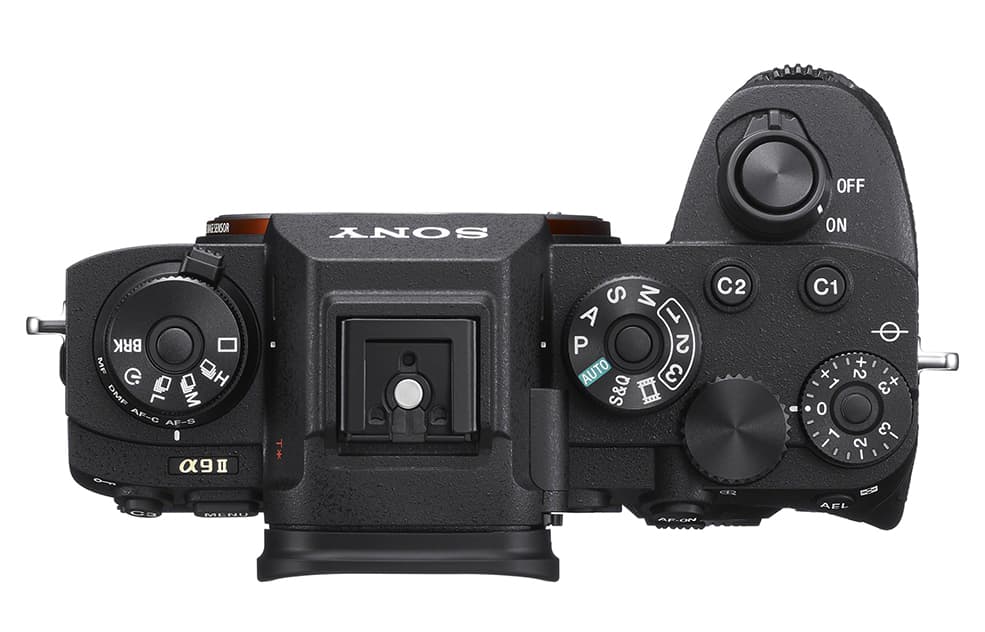
The new Alpha 1 (below) builds on this platform, offering more AF points (759), but also offering a real first for a Sony Alpha camera in the shape of Real Time Eye AF for birds, which will be of huge help to wildlife photographers out in the field.
 Video
Video
More and more photographers are fusing their stills-imagery skills with video so they can offer both mediums and it’s movie specs that generate one of the Alpha 1’s biggest headline features.
Taking on Canon’s R5, the new camera can shoot 8K video at 30p, along with the ability to capture 4K footage up to 120p in 10-bit 4:2:2. What’s more, the Alpha 1 includes Sony’s S-Cinetone colour profile technology from the brand’s premium cinema cameras like the FX6.
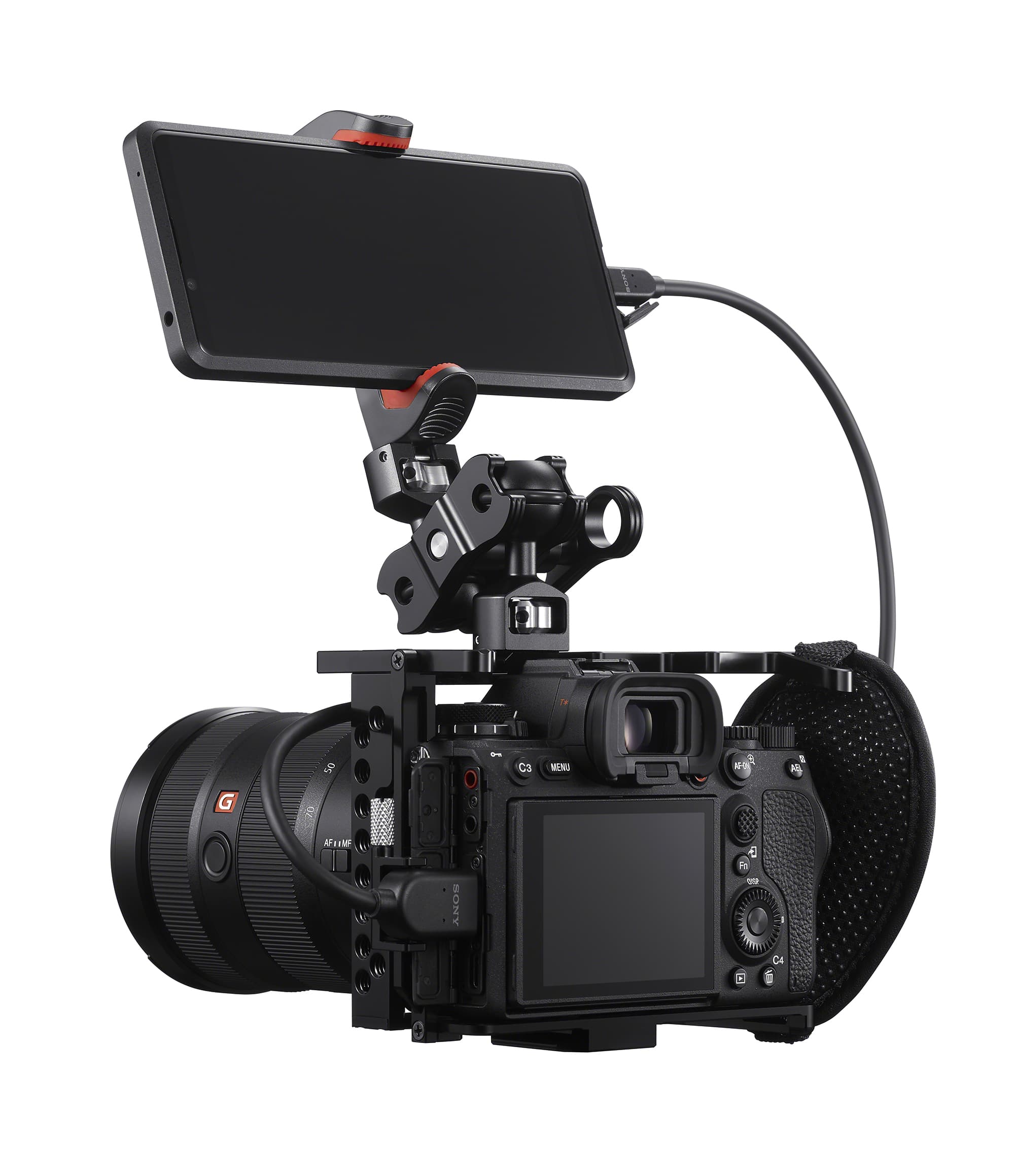
Sony has explained that the Alpha 1 will be able to capture 4K and 8K video for recording lengths up to 30 minutes. The Sony Alpha 9 II tops out at 4K 30p, but this may still be enough for those who don’t need the huge files generated in the Alpha 1’s 8K mode.
Electronic Viewfinder (EVF)
Each model features a 3-inch LCD with a tilting design to help with awkward high or low compositions, and an OLED EVF. However, there is a difference in size and a big jump in resolution between the two camera’s EVFs. While the Alpha 9 II offers a 1.3cm 3,686,400-dot resolution EVF, the Alpha 1 (below) ups the stakes and delivers a 1.6cm 9,437,184-dot version.

ISO range
A wide ISO range will allow a camera to be able to shoot in low light conditions, something the Alpha 9 II and Alpha 1 will need to encounter in the world of sports and wildlife photography. Interestingly, it’s actually the older Alpha 9 II that has the higher native ISO of 100-51200 (which can be expanded to 204800), while the Alpha 1’s ISO tops out at 32000 (expandable to 102400).
Size and build
Both are pro-level cameras so it’s no surprise that each model features weather sealing that will protect the camera body from dust and moisture, enabling photographers to use the camera in tough conditions.Tipping the scales at 737g, the Alpha 1 is slightly heavier than the Alpha 9 II (678g), but thanks to the mirrorless design both cameras are considered lightweight – for comparison the Canon 1DX weighs in at 1250g, which is 513g heavier than the Sony Alpha 1.
Price
As you’d expect, cutting-edge professional cameras aren’t cheap. The Sony Alpha 9 II has a current street price of £4,299 (with the original Alpha 9 priced from around £2,999), but the new Alpha 1 is available for pre-order at £6,500. This is a major investment for sure, but it’s likely that those picking up the Alpha 1 will be making a living out of sports and wildlife photography.
Other features
Let’s take a look at the remaining similarities and differences, starting with the battery life – an important consideration for professional sports and wildlife photographers. The Alpha 9 II offers the higher capacity and is CIPA rated for 500 shots (Electronic Viewfinder) or 690 shots using the LCD on a single charge, which is more than the new Alpha 1, which offers 430 shots using the EVF or 530 using the LCD.
Both cameras feature LAN and FTP technology and while the Alpha 9 II features dual card slots for SDXC cards, the Alpha 1 can use CFExpress to cope with all that extra data generated by the larger sensor and faster burst rate.
While the Alpha 9 II’s flash sync speed is 1/250sec, the Alpha 1 pushes this up to 1/400sec, which will be useful when using strobe lights with moving subjects. We’ll be reviewing the new Alpha 1 as soon as we can.
Don’t forget the Alpha 7R IV, too
With all the excitement about the Alpha 1, it’s easy to forget about an older, but still highly appealing camera, the A7R IV. It is certainly cheaper than the Alpha 1 and Alpha 9 II at around £2800, and offers higher resolution (60Mp compared to the A 1). The A1 seems to be the clear winner in terms of continuous shooting and video features, however. If these are less important than high resolution (eg if you are commercial portrait photographer) there is still a lot going for the A7R IV.


